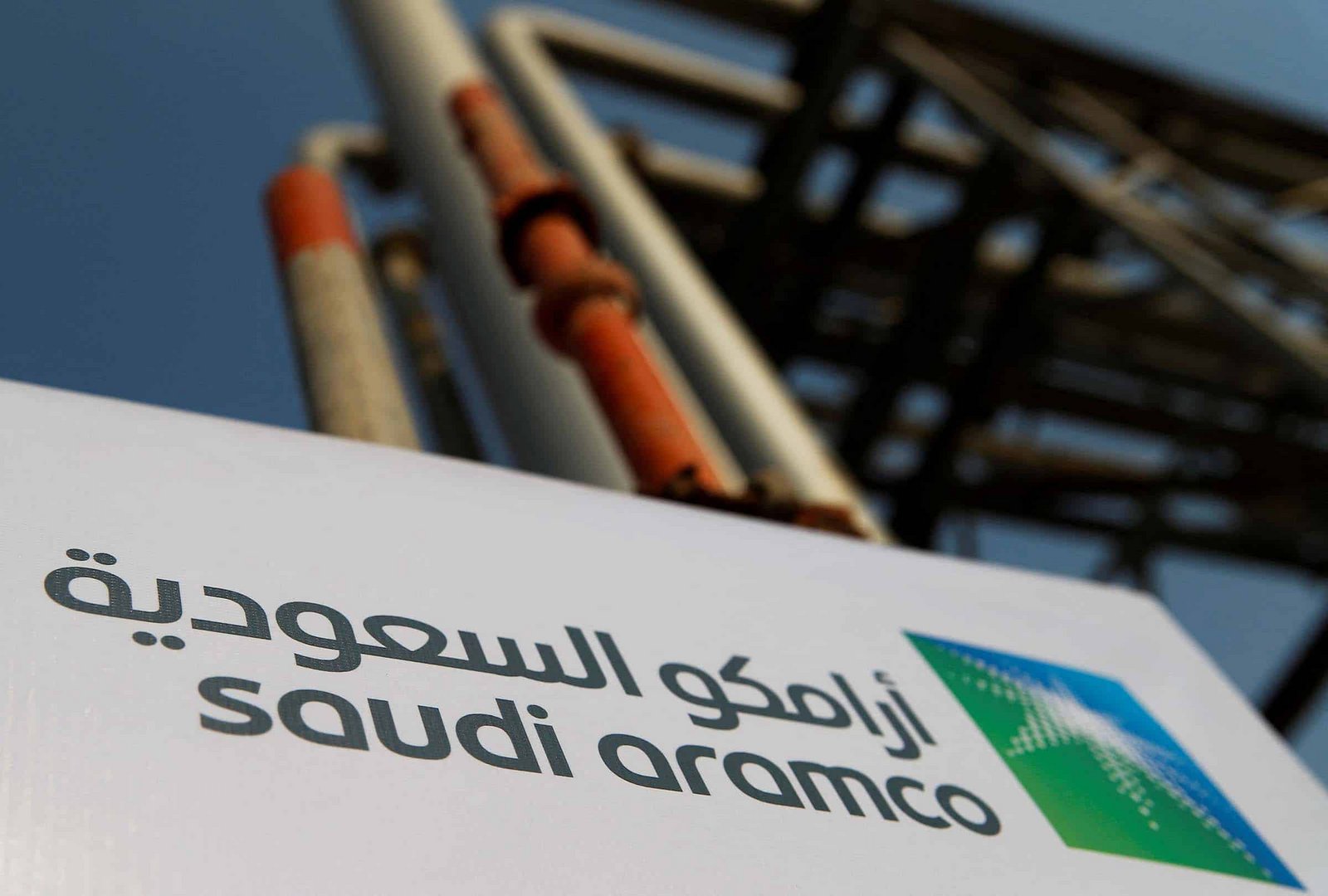Saudi Arabia’s government on Tuesday ordered state oil company Saudi Aramco (2222.SE) to halt its oil expansion plan and to target a maximum sustained production capacity of 12 million barrels per day (bpd), one million bpd below a target announced in 2020.
Saudi Arabia has for decades been the holder of the world’s only significant spare capacity, providing a safety cushion in case of major supply disruptions caused by conflict or natural disasters. In recent years, fellow OPEC member the United Arab Emirates has also built up its capacity.
Aramco’s lowered target in no way reflects a change of view on future oil demand scenarios nor stems from any technical issue, but was simply a directive from the government, a source with direct knowledge of the matter told Reuters.
“If the government decides to go the other way, the company is ready,” the source said.
Aramco was asked by the Energy Ministry in March 2020 to boost its maximum output capacity to 13 million bpd the same year it had a stand-off with Russia over market share.
Saudi Arabia, the world’s largest oil exporter, is currently pumping around 9 million bpd, well below its capacity after it cut production as part of an agreement with OPEC and its allies last year.
The kingdom, the de facto leader of OPEC, cut output to balance markets in the face of rising supply from non-OPEC producers.
“Aramco currently has spare capacity of 3 million bpd and that will be supported in the near future by a very important liquids displacement programme which will avail another 1 million bpd of oil and refined products for production,” the source said, adding that this volume allows Aramco the flexibility to respond to market conditions.
Benchmark Brent crude futures were down 1.14 per cent to $81.46 per barrel as of 1338 GMT.
Aramco shares were little changed, closing up 0.2 per cent at 31.30 riyals ($8.35).
CAPEX U-TURN?
Saudi Arabia and the UAE have repeatedly called for more investment in oil and gas and argue fossil fuels will be part of the energy mix for decades to come.
Crown Prince Mohammed bin Salman during US President Joe Biden’s visit to the kingdom in July 2022 warned that Riyadh “will not have any more capability to increase production” after it reaches the now-scrapped 13 million bpd goal.
Yet major oil consumers, including the United States and the European Union, have adopted policies aimed at transitioning away from fossil fuels to cleaner energy which has discouraged such investment.
Analysts questioned whether Saudi has actually changed its outlook and whether it may claw back on capital investment.
The lowered capacity target could reflect “a government expectation that demand for its oil will no longer rise as strongly as previously expected”, Morgan Stanley analysts wrote in a note.
“It may be to save money. But most likely it implies that it sees no need for this extra oil in the global market,” said SEB analyst Bjarne Schieldrop.
Aramco had said it expected capex of $45-55 billion in 2023, the highest in its history, and indicated it would raise this in the years to come.
RBC Capital Markets analysts in a note on Tuesday said they expected Aramco to curb spending instead.
“All in all, we expect the capex budget could be lowered by (around) $5 billion per annum over the coming years relative to the prior guidance,” they wrote.
Projects without final investment decisions such as the 700,000 bpd Safaniya project “are likely to be deferred”, RBC said.
“We had assumed (a roughly) $12 billion budget for the Safaniya project, of which $3 billion was to be spent in 2024,” they noted.
Aramco is expected to provide an update on its capital expenditure plans when it announces its 2023 full-year results in March.
Shares of top oilfield services provider SLB (SLB.N) tumbled about 7 per cent and those of its US rivals also fell on the news.
Oilfield firms have been riding rising international and offshore oil exploration and production, primarily from the Middle East and Africa, as US shale firms keep a tight leash on drilling activity.
Global oil demand reached a record of 101.7 million bpd in 2023 according to the International Energy Agency, and is expected to rise to 103 million bpd in 2024.
CEO Amin Nasser told Reuters earlier this month he saw oil demand at 104 million bpd in 2024, meaning growth of about 1.5 million bpd, and that demand growth, combined with low stocks, would help tighten the market further.
GROWTH AREAS
Its lowered crude capacity target could spur momentum towards Aramco’s growth areas, such as gas and new energies, the source said.
Aramco made its first M&A foray into liquefied natural gas last year, buying a minority stake in MidOcean Energy for $500 million.
The state oil giant is also developing Jafurah, the kingdom’s biggest unconventional non-oil associated gas field, which in 2020 was estimated to require investments of $110 billion. It is potentially the biggest shale gas development outside of the United States.
“Certainly, lower capex by Aramco provide scope to increase transfers to the government and the PIF to support the Vision 2023 objectives and the diversification of the economy, which we see as the main area of policy focus,” said Monica Malik, chief economist at Abu Dhabi Commercial Bank.







Click here to change your cookie preferences